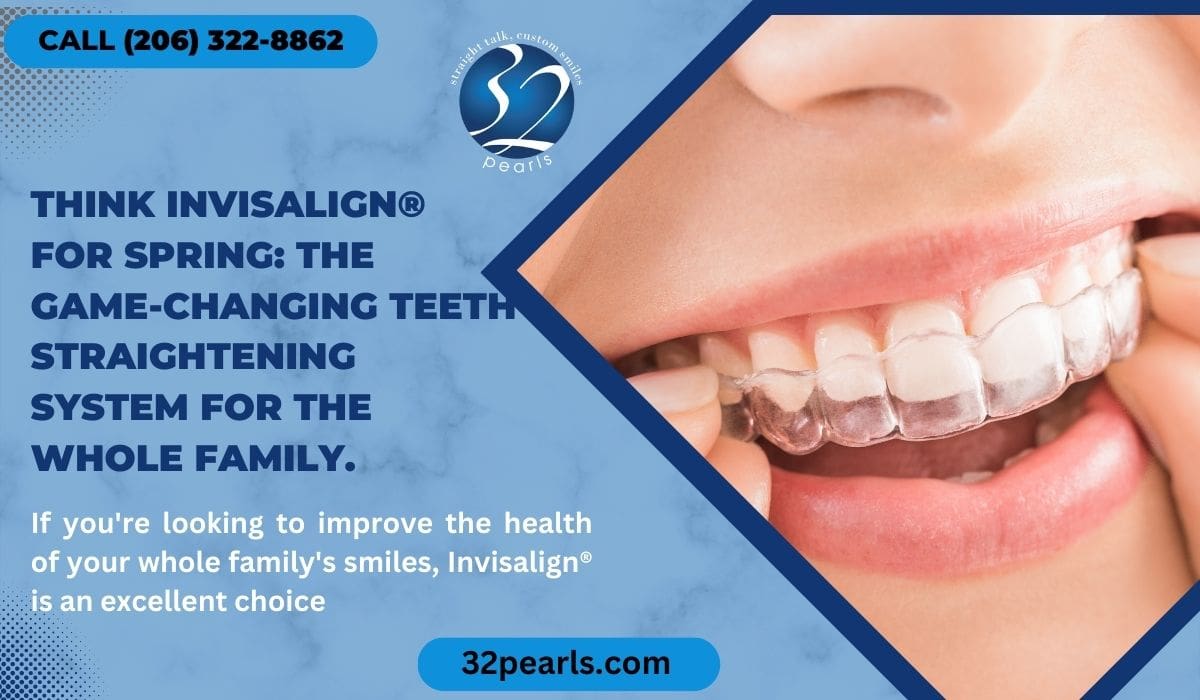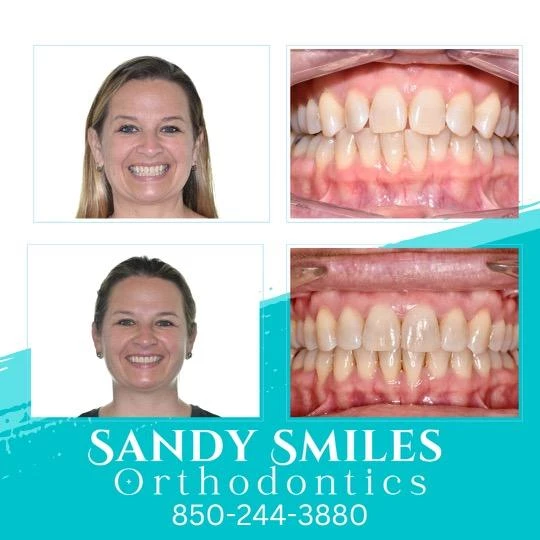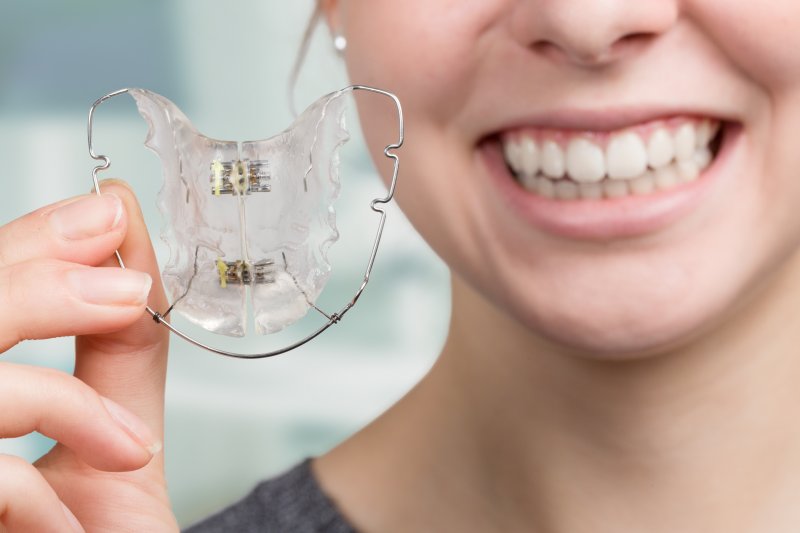Discover the Benefits of Invisalign for a Perfect Smile Makeover
Discover the Benefits of Invisalign for a Perfect Smile Makeover
Blog Article
Invisalign vs. Typical Braces: Which Choice Is Right for You?
When considering orthodontic therapy, the choice between Invisalign and conventional dental braces offers a number of crucial aspects that warrant cautious analysis. Invisalign offers a discreet alternative with detachable aligners, while typical braces give an extra noticeable yet effective option for extreme misalignment. Each option incorporates distinct advantages and downsides connected to visual appeals, convenience, therapy duration, and expense. Understanding these subtleties is important for making an informed decision that aligns with your individual preferences and way of living. The question remains: which alternative will ideal satisfy your orthodontic needs and assumptions?
Summary of Therapy Choices

On the other hand, traditional braces are composed of metal brackets and cords that are bonded to the teeth. This technique uses constant stress over time to accomplish alignment. While efficient for intricate orthodontic issues, typical braces need normal visits for changes and can position challenges in keeping dental hygiene due to the problem of cleansing about cables and brackets.
Both choices have their qualities, and the choice typically pivots on details oral conditions, lifestyle preferences, and client conformity. Eventually, consulting an orthodontic professional is vital for determining the most suitable treatment plan tailored to individual needs. Understanding the nuances of each option can significantly influence the overall success of orthodontic therapy.
Aesthetic Factors To Consider
A significant factor influencing the choice between Invisalign and traditional braces is the aesthetic appeal each treatment supplies. Invisalign aligners are crafted from clear plastic, making them virtually invisible when worn. This very discreet look is especially attracting adults and teenagers that might feel uncomfortable about their orthodontic treatment. The capacity to preserve a natural smile throughout the alignment procedure can dramatically enhance the person's self-confidence in social and specialist settings.
On the other hand, conventional dental braces are composed of steel brackets and cords, which can be more noticeable. While improvements in orthodontic innovation have resulted in the development of smaller sized braces and tinted elastics, conventional braces still keep a more obvious account. For some individuals, the presence of braces might prevent them from looking for necessary therapy.
Ultimately, the option in between Invisalign and conventional dental braces may depend upon individual preferences pertaining to visual appeals. People who focus on discernment typically lean towards Invisalign, while those who are much less worried about exposure might choose typical braces. Recognizing the aesthetic ramifications of each option is critical for making a notified choice that aligns with one's lifestyle and preferences.
Convenience and Convenience

In regards to ease, Invisalign aligners are removable, allowing clients to enjoy their favorite foods without limitation and maintain ideal oral hygiene. Cleaning and flossing are simplified, as the aligners can be taken out throughout these regimens, whereas conventional dental braces need cautious maneuvering around braces and cables.
In comparison, conventional dental braces necessitate routine adjustments, making them less hassle-free for those with busy routines. On the whole, the comfort and comfort of Invisalign make it an appealing selection for many people looking for orthodontic treatment.
Therapy Period and Effectiveness
While both Invisalign and traditional braces are reliable in dealing with oral imbalances, the duration of treatment can differ substantially between the 2 alternatives. Usually, website here Invisalign therapy can take anywhere from 12 to 18 months, depending on the complexity of the situation. The clear aligners function by progressively changing teeth right into their desired positions, and routine follow-ups with an orthodontist assistance make sure progression continues to be on track.
In contrast, conventional braces commonly call for a longer dedication, usually ranging from 18 months to three years. This is due to their fixed nature and the use of brackets and cables, which can be a lot more efficient for extreme imbalances and intricate cases (Invisalign). The therapy effectiveness of traditional braces is well-documented, as they enable exact modifications and higher control over tooth motion
Inevitably, the choice between Invisalign and traditional braces may depend upon both the expected treatment period and top article the certain oral problems handy. Consulting with an orthodontist is crucial, as they can supply customized referrals based upon specific demands, making certain the chosen technique lines up with preferred outcomes and timeframes.
Cost Comparison and Insurance Choices
Expense plays a substantial duty in the decision-making procedure for individuals considering orthodontic treatment, whether choosing Invisalign or typical dental braces. Typically, the cost of Invisalign arrays from $3,000 to $8,000, while standard braces usually cost between $2,000 and $6,000. Factors affecting these expenses consist of the intricacy of the case, the duration of therapy, and geographical place.
Numerous oral insurance plans supply partial insurance coverage for orthodontic treatments, however the specifics can differ extensively. Generally, conventional dental braces might be more frequently covered by insurance coverage strategies contrasted to Invisalign, which some insurers categorize as a cosmetic treatment.
In addition, numerous orthodontic practices provide versatile layaway plan, making both treatment choices extra available. People should inquire regarding prospective funding options and discount rates for ahead of time payments. Examining the complete price, including insurance coverage advantages and payment plans, is crucial for making an educated choice that aligns with both aesthetic preferences and budget considerations.

Verdict
In recap, the selection in between Invisalign and typical dental braces rests on several aspects, consisting of visual choices, click reference convenience, therapy duration, and expense. Invisalign provides a discreet, removable option that promotes dental health and nutritional versatility, while standard braces may be preferable for complex dental issues and commonly come with a lower cost point. Ultimately, assessment with an orthodontist is important to examine specific conditions and determine one of the most appropriate therapy option for accomplishing ideal dental positioning.
When taking into consideration orthodontic treatment, the selection between Invisalign and traditional dental braces presents numerous crucial elements that warrant careful evaluation.Contrasting Invisalign and traditional dental braces reveals distinctive treatment alternatives for orthodontic modification.While both Invisalign and traditional dental braces are effective in dealing with dental imbalances, the duration of therapy can differ dramatically between the 2 options.Price plays a considerable duty in the decision-making procedure for individuals taking into consideration orthodontic treatment, whether choosing for Invisalign or standard braces.In summary, the selection between Invisalign and conventional dental braces hinges on multiple aspects, including aesthetic choices, comfort, treatment period, and cost.
Report this page